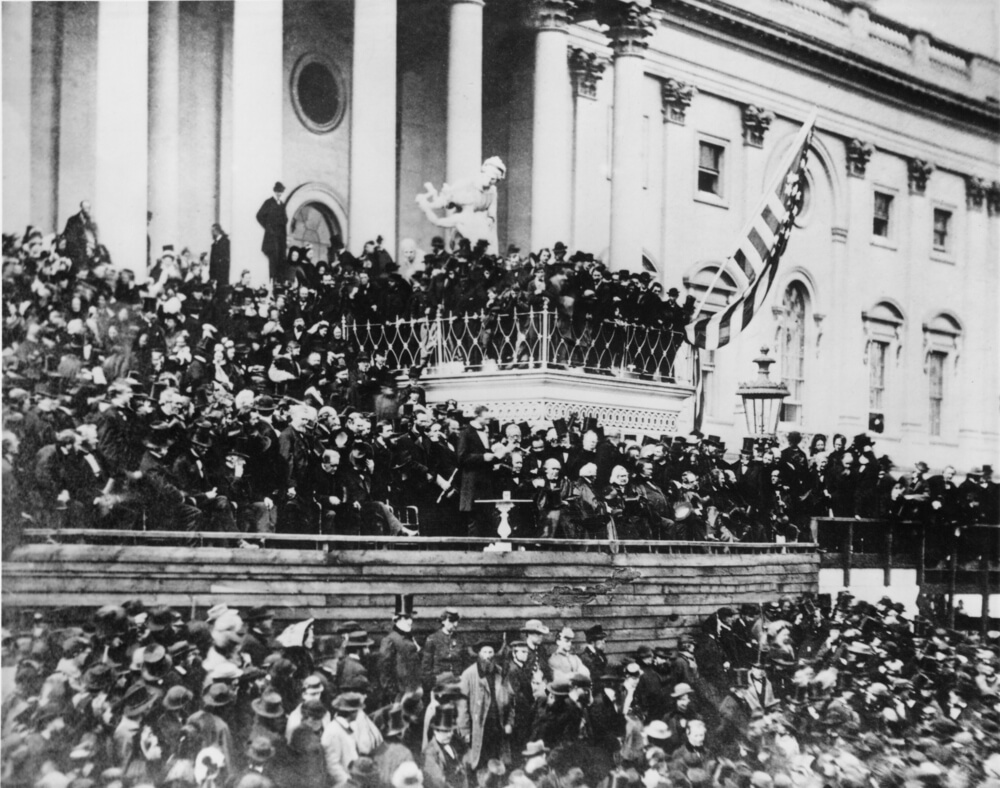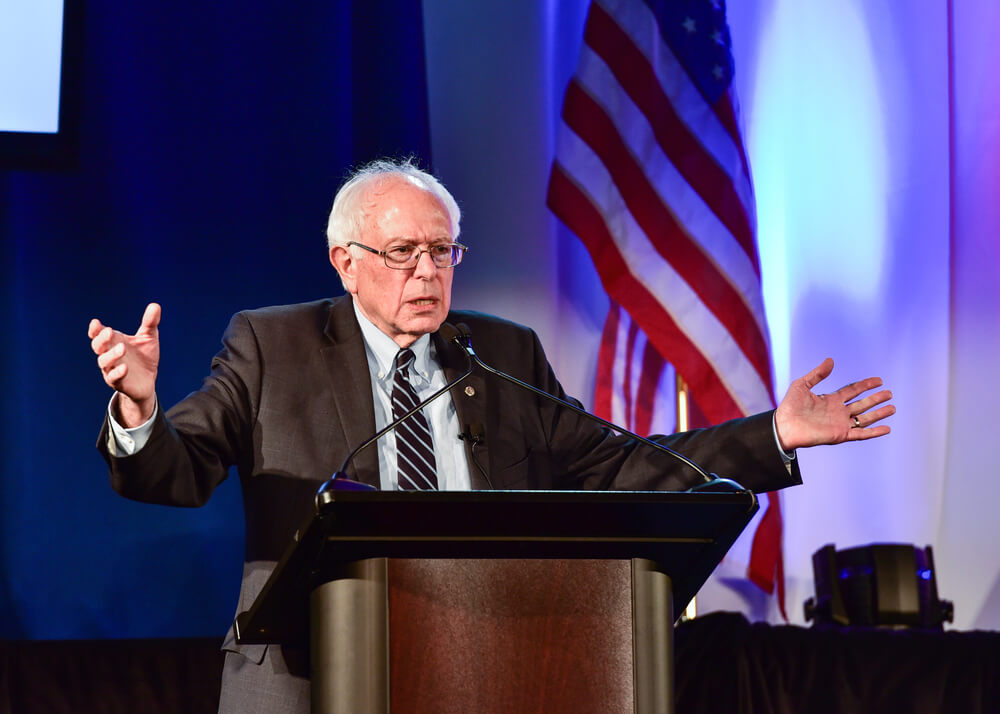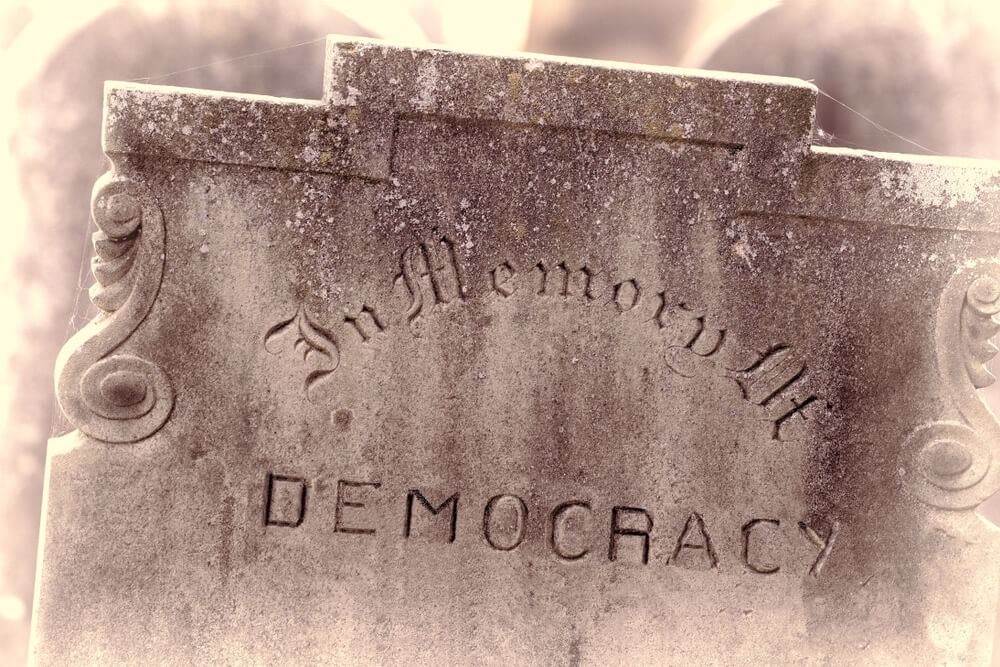As I surveyed what remained on the shelves at the supermarket I frequent in Rhode Island, I was reminded of the saying, “One man’s trash is another man’s treasure.”
Hurricane or coronavirus pandemic, Rhode Islanders — as befits their mostly Italian heritage and food preference — had cleared the shelves and frozen food cases of pasta (except that made with chickpeas), canned and jarred tomato sauce, and frozen pizza.
Expectedly all the standard frozen and canned foods (except the dreaded whole and sliced beets), milk, butter, eggs, tuna, soup, bread, cookies and snack food had been cleared out, too.
What to buy? I viewed the rejected food not as Italian-American Rhode Islander, but rather as a Virginia transplant to the state. And I found heaps to buy.
Many of the ingredients for classic Southern dishes were still on the shelves and the frozen food cases. Here are some ingredients I saw and some ideas for what to do with them:
— Shrimp and grits: Buy frozen wild or farmed shrimp and grits (look on the bottom shelves in the breakfast cereal aisle). Yo, Italian-Americans up North! If you like polenta, you’ll love grits. “I ga-ron-tee!” as the late Cajun chef and humorist Justin Wilson used to say.
— Okra: If you live in the North, it will be the only vegetable left in your supermarket’s frozen food case. Dip it in buttermilk, dredge it in a seasoned cornmeal-flour mixture and fry it until it reaches that beautiful golden brown. Okra tastes like eggplant: In fact, you can make parmigiana with it.
— Jarred pimentos: When life gives you pimentos, make pimento cheese. Southerners call it “pate du Sud” (Southern pate). It’s a dip, a spread, but mostly it’s chopped pimentos mixed with mayonnaise and cheddar cheese. As Jeremy, the bigger and funnier of the two Jeremys who used to fix things around our house in Virginia, said of pimento cheese, “Put that on top of your head and your tongue would beat your brains out trying to get to it.”
— Stone-ground cornmeal: Cornbread. Nuff said.
— Instant pistachio pudding: You could make Shut the Gate Salad, also known as Watergate Salad. I first ate this salad in college in Washington in the mid-1970s. This salad was never served at the Watergate Hotel, site of the June 17, 1972, break-in of Democratic Party headquarters during the Nixon Administration, and the origin of its name remains obscure.
“But the particular mix of ingredients that became the standard Watergate Salad likely originated with the Jell-O brand, which introduced a line of pistachio pudding mix in 1976. This was two years after President Richard Nixon resigned, and the Watergate scandal was still fresh in Americans’ minds. (A spokesperson for Kraft, which now owns Jell-O, once said pistachio mix was introduced in 1975),” NPR said in a “Weekend Edition Sunday” broadcast.
Salad in the South is often devoid of leafy green vegetables. The green food coloring in the pudding legitimizes eating this pudding, Cool Whip, crushed pineapple, toasted pecan and mini marshmallow concoction as a vegetable serving. (Sound of incredulous gasping in the North.)
The supermarket checkout lines were long, so I only picked a few items off the shelves, including the despised and rejected canned beets and chickpea pasta. And, yes, I was tempted to grab the makings for Watergate Salad: A little Southern comfort food in the time of COVID-19.
My husband says we should try barbecue sauce on the chickpea pasta.









